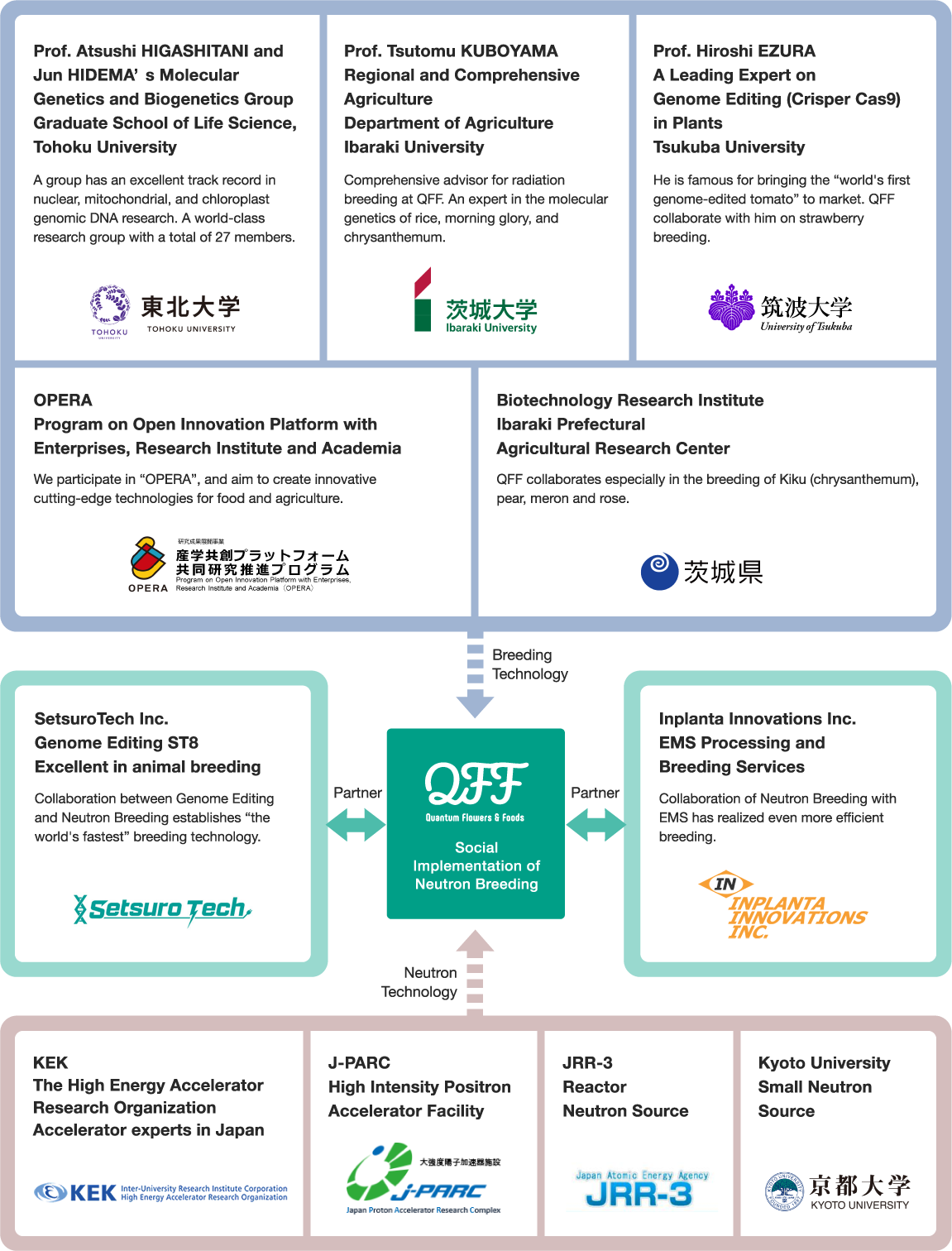Climate change is a global crisis that threatens an unstable future. Because evolution is a naturally slow process, there is an increasing need for novel techniques to induce favourable adaptations. To solve these problems, QFF aims to provide solutions to better protect a plethora of sectors and industries from the rapid effects of climate change.
Fastest Breeding Technology Ever Neutron Breeding
Create your Desired Strain Quickly
Using neutron beams (quantum rays), which is a type of ionizing radiation, we can induce mutations in biological organisms. While gamma and heavy ion radiation takes 3 to 5 years to create a desired plant mutant, neutron beam radiation can create new and useful plant varieties in only 1 to 3 years*1. Moreover, we can create your desired microorganism strain in 2 months, even one week*2 at the shortest.(*Without screening)
Mutation Rate 15-300 times
Higher Than Conventional Technology
Our technology primarily uses fast neutrons. Using this type of beam is advantageous because it has a high-LET (linear energy transfer) that can efficiently cleave both strands of DNA without reducing survivability. While fast neutron activation induces a stable material into becoming intrinsically radioactive, the activation products have short half-lives. This means that the irradiated organism is safe to handle within a few days.
In the case of rice (Nihonbare) and Arabidopsis thaliana, the mutation rate is 3-26% in the 2nd generation. This is 15-300 times higher than currently prevailing mutation rates achieved by EMS (chemical mutagens), gamma rays or heavy ion rays (radiation).
View paper on Neutron Breeding
Mutation Rate of our Neutron Breeding
-
Kiku
(growth point) actual data *
> look at the photo1–39%
-
Rice (NIHONBARE) and
ARABIDOPSIS THALIANAactual data (2nd generation) *
3–26%
*Higher dose irradiation can also improve the mutation rate.
The Outstanding Mutagenic Ability of Neutron Beams
Unlocking the Potential of Cells
Neutron beams can cleave DNA double strands in multiple locations at once. The balance between double-stranded DNA repair mechanisms (non-homologous end joining) and DNA damage shifts in favour of mutagenesis. You can use our service to irradiate organisms without doing the extensive genomic research, callus formation and horizontal transfer techniques necessary for CRIPSR/Cas9. This makes it easier and more convenient for our customers.
Neutron beam
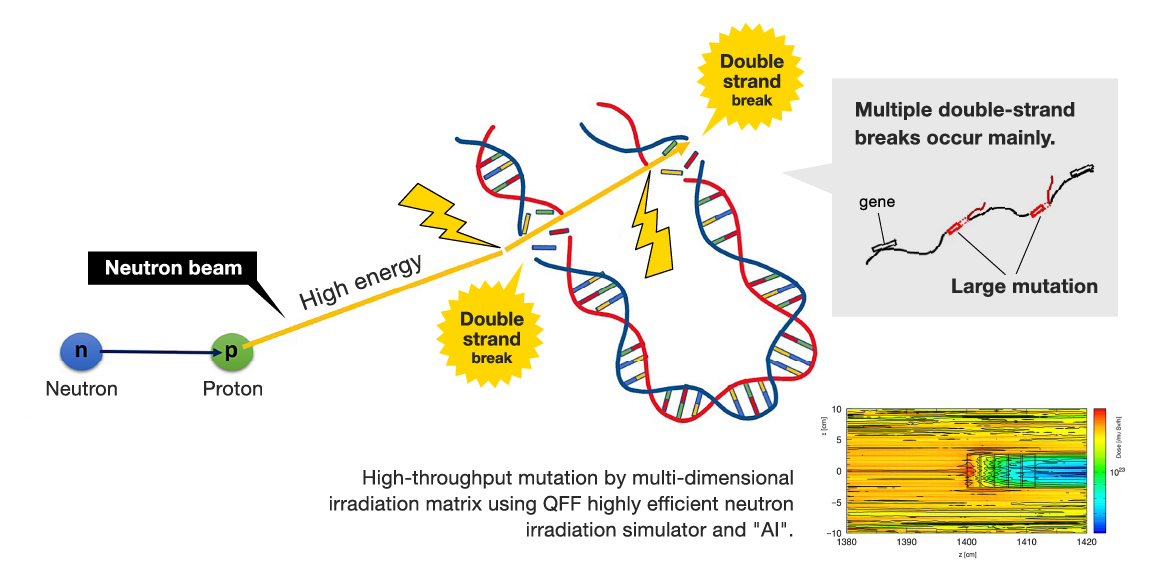
Gamma-rays / X-rays
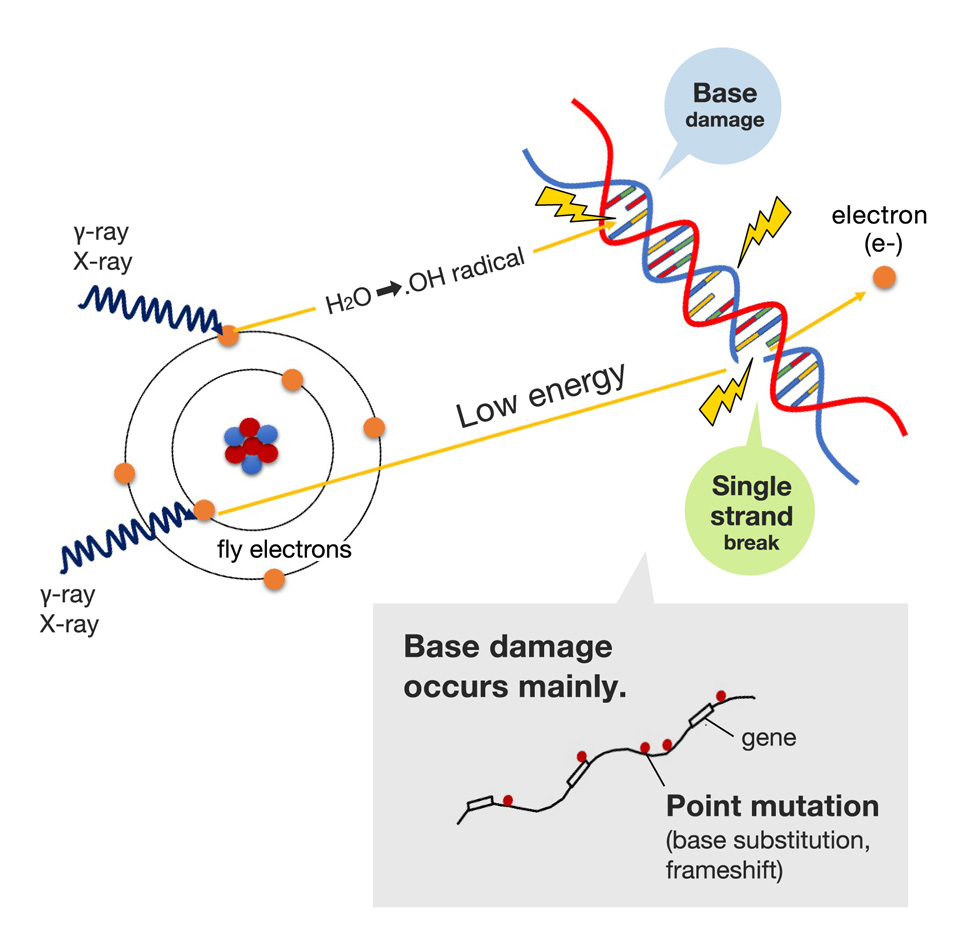
Heavy ion beams
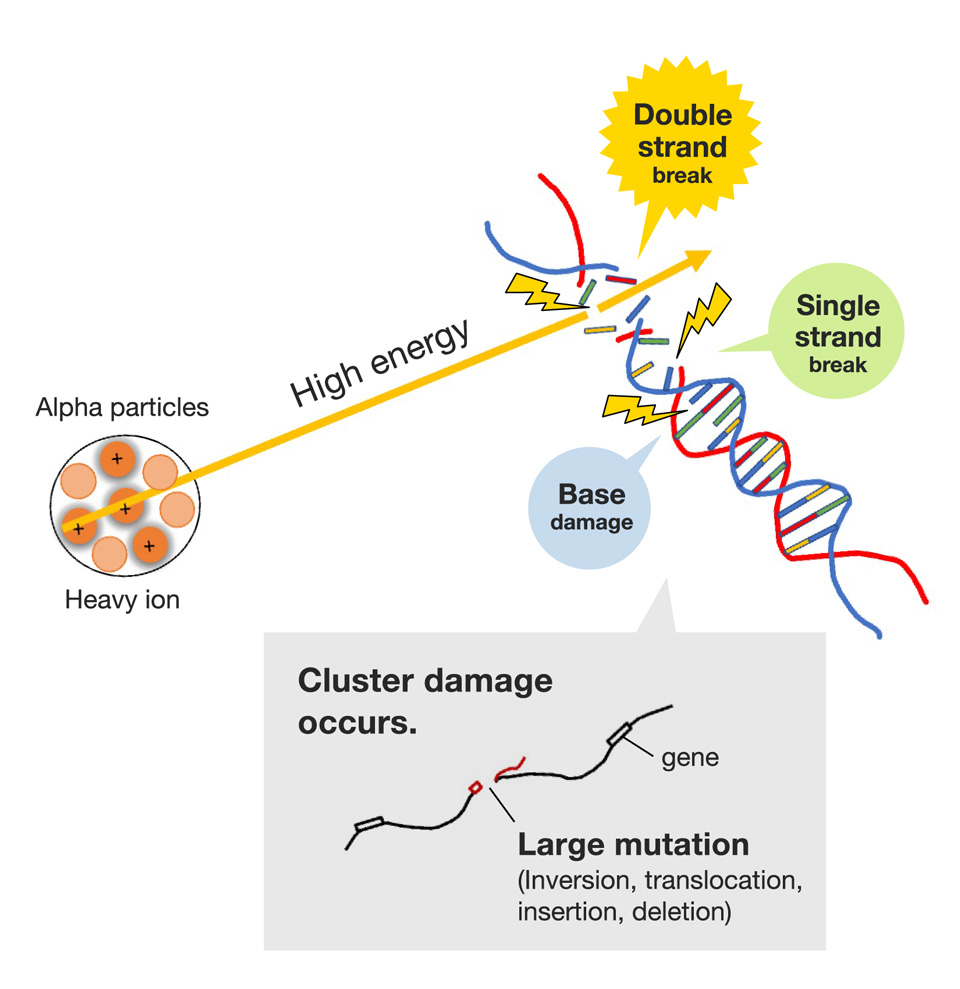
Versatility
Unlike other types of radiation, neutron beams have a neutral charge. Therefore, it is highly penetrative and can target microorganisms in liquid culture. Our technology has ample potential; being able to target any biological organism has long as it can fit within our neutron accelerator. This includes: plant seeds, nodes, scions, polyploids and even animal cells.
Irradiation to Cultures and Microorganisms
Neutron beams are faster more efficient at producing random mutations* than X-ray, gamma and UV. The beam can uniformly irradiate microbes in liquid culture. We can irradiate living organisms at a very low dose (1/20th of the dose of gamma rays) to achieve a successful outcome. This is important because you can obtain useful mutants without killing a large population of the bacterial colony unlike the other irradiation techniques.
*Random mutation: A mutation induced by random knockout, rather than by knockout of a specific gene in the DNA sequence in genome editing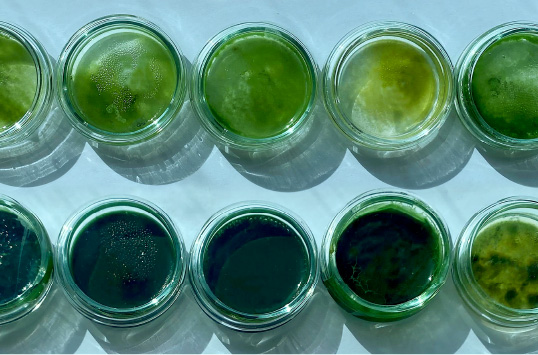
Neutron Irradiation Experience at QFF
Plants *Irradiation to seeds, growth points, scions, seedlings, OC cells, callus, etc
Morning glory / Chrysanthemum / Small chrysanthemum (see below) / Stock / Eustoma grandiflorum / Carnation / Rice (Nipponbare,Sasanishiki) / Soybean / Arabidopsis thaliana / Microtom / Tomato / Burdock root / Pear / Carrot / Cabbage / Root / Broccoli /Lettuce / Sweet potato / Strawberry / Chamomile / Onion / Leek / Spores / Perilla leaves / Spinach / Celery / Komatsuna, etc.
Microorganisms *Irradiation to cultures
Microalgae / Yeast / E.coli / Lactic acid bacteria, etc.
Results of
Neutron Breeding for
Small chrysanthemum*4
Original variety (Small chrysanthemum)
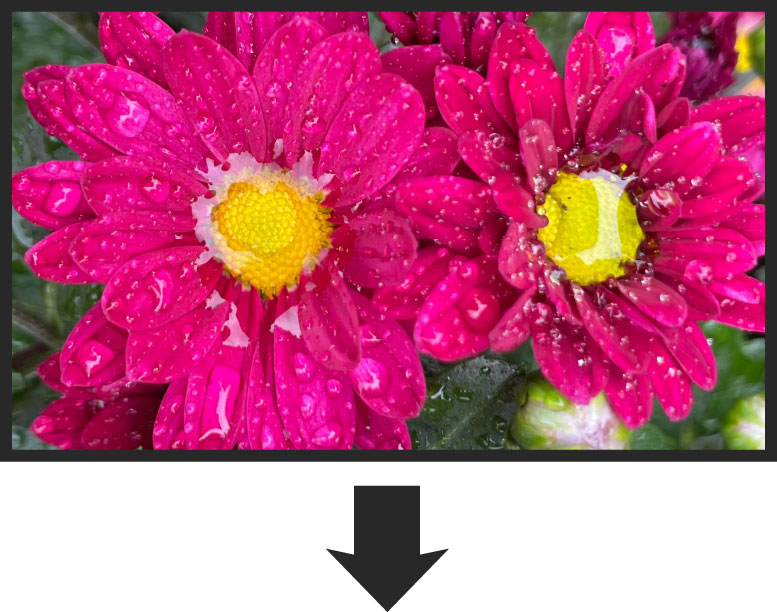
In 1 year*5, many types of mutants with different flower colors, patterns, number and shape of petals, flowering time, etc. are created.
Mutant
*4 Joint research by Quantum Agriculture Association and the Biotechnology Research Institute, Ibaraki Prefectural Agricultural Research Center. Neutron irradiation technology provided by Quantum Flowers & Foods Co., Ltd. *5 In the case of flowers and other cultures, new strains can be produced in as little as one year. (Further research on yield and marketability is required before the variety can be registered.)
Safety
A neutron beam is a focused stream of fast neutrons produced in a particle accelerator. Neutrons are uncharged, therefore, they are not inherently radioactive but once they interact with radioactive atoms, radioactive isotopes are temporarily produced. Plants and microorganisms naturally have radioactive atoms within their structures and when they interact with a neutron beam, the subsequent radioactive isotope causes a double-stranded DNA break.
Cosmic rays are a source of fast neutrons and minimally influence the natural progression of evolution on our planet. At QFF we accelerate this natural process through human methods.
In order to ensure the safety of our customers, we use survey meters such as “GM” counter to detect the levels of radioactivity in our irradiated products. In accordance to Japanese and international law, we make sure that our products do not exceed the natural background radiation levels so that they are completely safe to handle.
Number of registered varieties by radiation-induced mutation breeding:
about 3,248 varieties* worldwide. *<ref.> https://katosei.jsbba.or.jp/view_html.php?aid=886

Almost 100% of
our life-giving “food”
is actually bred.
-
World’s First
Social ImplementationAlthough neutron beam technology has been studied overseas, we are the first private company to apply this technology and give real world solutions. The hurdle for its use has been extremely high because there are only four neutron source particle accelerators in the world: J-PARC, Kyoto University (KUANS), Oak Ridge SNS and ISIS. Thanks to our alliance network, led by world-class scientists, we have succeeded in implementing neutron breeding technology as “Neutron Breeding Service” in Japan.
-
Patented
TechnologyQFF has a total of 3 patents: two in Japan and one in the US. Our patents cover the “neutron beam breeding technology and neutron irradiation equipment” developed by the company, as well as for the “mutants” created by our technology. A European patent (PCT) has also been applied for.
-
Open Innovation & Partners at QFF
QFF conducts joint research in neutron beam technology with KEK, J-PARC, JRR-3 and Kyoto University (KUANS). Ibaraki University, Tohoku University and Tsukuba University have been paramount in aiding our research into improving our biochemical and breeding technology.
We are interested in collaborating with overseas research partners. Please contact us for more information.
– JAPAN’S Game-Changing
QUANTUM TECHNOLOGY –
New Quantum Biotech Business













